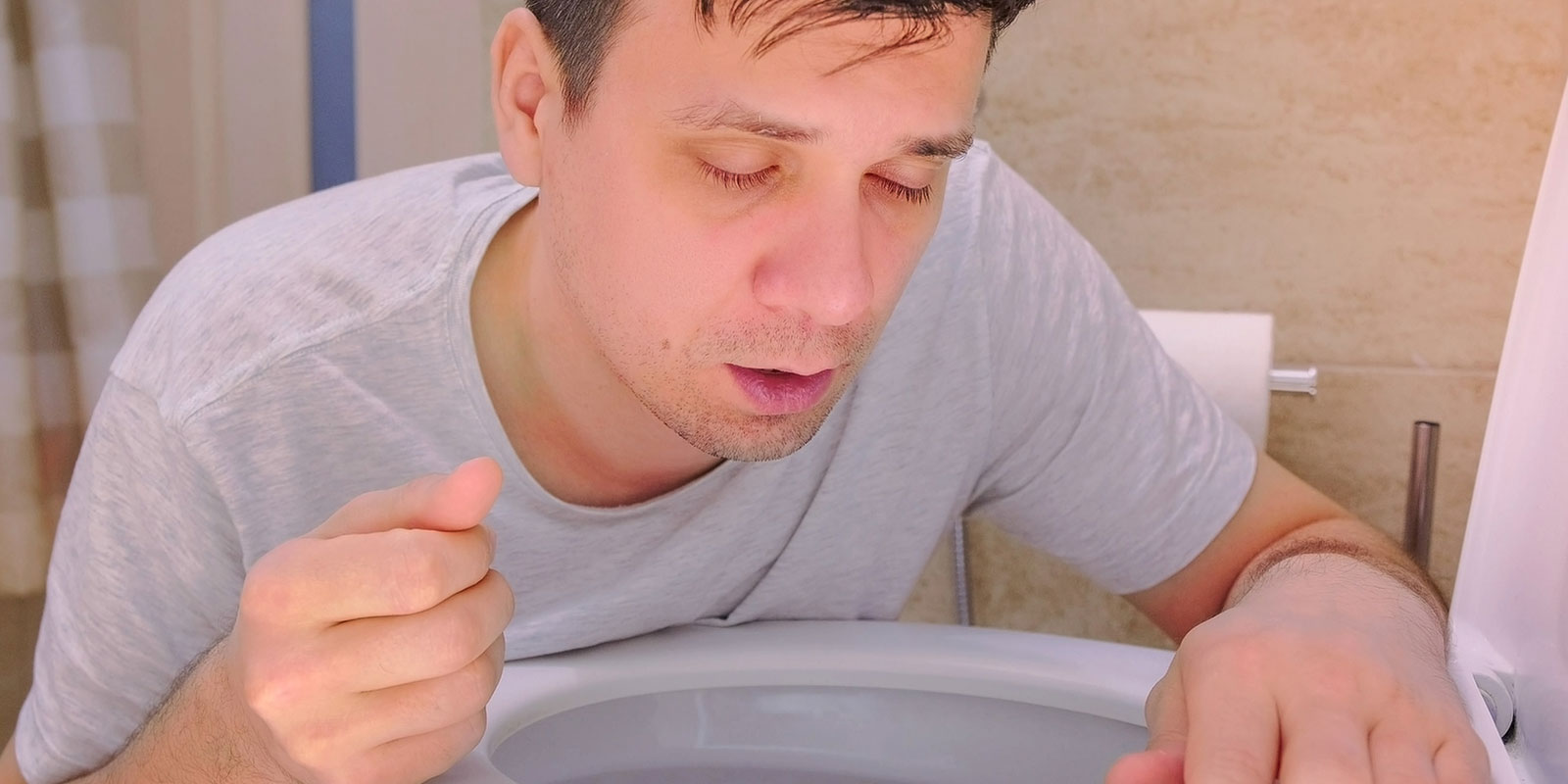Quitting Suboxone cold turkey can be dangerous and challenging. This guide stresses the crucial role of consulting with a healthcare provider to ensure a safe detox process. We outline the risks associated with abrupt discontinuation and advocate for the benefits of medically supervised detox programs. Transitioning off Suboxone safely can protect your health and significantly enhance recovery outcomes.
Navigating Suboxone Withdrawal: Essential Considerations
Suboxone is a vital medication in the treatment of opioid addiction, combining buprenorphine and naloxone to manage dependence on substances like fentanyl and oxycodone. However, discontinuing Suboxone, particularly abruptly, presents considerable challenges:
Physical Dependence: Extended use of Suboxone can result in physical dependence due to its opioid components.
Withdrawal Symptoms: Abrupt cessation can trigger severe withdrawal symptoms, including nausea, vomiting, diarrhea, sweating, lethargy, sleep disturbances, intense agitation, and strong drug cravings.
Risks of Sudden Discontinuation: Quitting Suboxone without medical supervision is risky, likely worsening withdrawal symptoms and complicating the recovery journey.
This overview highlights the complexities of Suboxone withdrawal and underscores the necessity of a medically supervised approach to safely discontinuing use.
Addressing Withdrawal Concerns
The fear of withdrawal often prevents individuals from ending their opioid use. Fortunately, there are alternatives to quitting cold turkey. Methods like the Waismann Method provide medically assisted rapid detoxification, significantly alleviating the fear and discomfort associated with withdrawal, making the journey towards recovery smoother and more manageable.
Understanding the Risks of Cold Turkey Withdrawal from Suboxone
Quitting Suboxone abruptly, without medical guidance, carries substantial risks that can profoundly impact both physical and mental health. The lack of a structured withdrawal plan often leads to severe symptoms and complications, which underscores the necessity of a medically supervised approach:
Health Risks of Unsupervised Withdrawal:
Attempting to discontinue Suboxone on your own can trigger numerous serious health risks, including:
- Intense anxiety and psychological distress
- Sleep disturbances such as insomnia and restlessness
- Increased risk of relapse due to intense cravings and withdrawal discomfort
Adopting a gradual tapering strategy under medical supervision or considering a medically assisted rapid detox program can greatly reduce these risks, providing a safer and more humane route to recovery.
Comprehensive Factors Influencing Suboxone Withdrawal
The path through Suboxone withdrawal is uniquely personal, influenced by a variety of factors that determine the intensity and duration of the withdrawal symptoms. Understanding these factors is crucial for developing an effective withdrawal strategy:
- Duration of Use: The length of time you have been taking Suboxone significantly affects the withdrawal timeline. Longer-term use typically leads to a more extended and challenging withdrawal phase.
- Daily Dosage: The amount of Suboxone consumed daily is a key determinant of withdrawal severity. Higher doses are likely to produce more intense symptoms.
- Individual Physiology: Factors like metabolism, overall health, and genetic predispositions play a role in how your body handles Suboxone discontinuation.
- Emotional and Psychological Well-being: Mental health conditions, such as anxiety or depression, can intensify withdrawal symptoms and complicate the path to recovery.
Recognizing these critical factors underscores the need for personalized medical advice when considering stopping Suboxone. A healthcare provider can evaluate these elements and create a tailored withdrawal plan. This approach minimizes risks, meets individual needs, and supports a smoother journey to sobriety. Understanding the dangers of abrupt withdrawal and the factors that influence the process highlights the essential need for careful planning, professional support, and customized care in overcoming Suboxone dependence.
Choosing Between Cold Turkey and Medically Supervised Detox
While the idea of quitting cold turkey might appear straightforward, opting for a medical detox—particularly rapid detoxification methods—provides a safer and more effective route to overcome Suboxone dependence. Medical oversight significantly reduces the risks associated with withdrawal, facilitating a smoother transition to recovery.
Waismann Method: A Premier Choice for Suboxone Detoxification
Tailored, Medically Supervised Opioid Detox
Starting the journey to quit Suboxone is a deeply personal experience. That’s why the Waismann Method focuses on a customized, medically supervised detox process. We assess your health profile and history of Suboxone use to create a detox plan that minimizes discomfort and supports your body’s natural healing. This method ensures that those choosing to quit Suboxone cold turkey can do so more safely, reducing the risk of severe withdrawal symptoms and complications.
Ensuring Safety and Comfort During Withdrawal
For individuals determined to quit Suboxone cold turkey, the Waismann Method provides a secure environment. Our program, conducted in a state-of-the-art medical facility, utilizes advanced medical techniques to alleviate withdrawal symptoms, making your journey to sobriety as comfortable as possible. We prioritize your safety and comfort throughout the withdrawal process to mitigate the physical and psychological challenges associated with quitting Suboxone.
Comprehensive Support for a Successful Recovery
Quitting Suboxone cold turkey is a path you don’t have to walk alone. The Waismann Method goes beyond the physical detox to provide emotional and psychological support. Our holistic approach to recovery equips you with the necessary tools and support for a successful, lasting transition away from Suboxone dependence.
Begin Your Path to Recovery
Taking the first step toward quitting Suboxone is a brave decision toward regaining control of your life. With the Waismann Method, you’re not just quitting Suboxone; you’re laying the foundation for a healthier, substance-free future. Our dedicated team is here to support you through every step of the process, from the initial consultation to achieving complete freedom from Suboxone.
Contact us today to explore your options for a respectful, effective, and compassionate exit from Suboxone dependence. Let the Waismann Method guide you towards a new beginning.
Frequently Asked Questions:
- How Long Can I Expect Suboxone Withdrawal Symptoms to Last? Typically, Suboxone withdrawal lasts from one to four weeks. Importantly, acute symptoms usually peak around the third day.
- What Symptoms Should I Expect During Suboxone Withdrawal? You can anticipate flu-like symptoms, mood swings, insomnia, and cravings. Notably, the severity of these symptoms varies from person to person.
- Safe Strategies for Tapering Off Suboxone: Gradually reducing your dose under medical supervision is key. This approach helps minimize withdrawal symptoms effectively.
- The Risks of Quitting Suboxone Cold Turkey: Stopping suddenly can trigger severe withdrawal symptoms and increase the risk of relapse. Consequently, medical oversight is crucial.
- Understanding the Challenges of Suboxone Discontinuation: Common challenges include physical dependence, psychological attachment, and the fear of withdrawal symptoms.
- Does Rapid Detox Work for Suboxone Withdrawal? Indeed, rapid detox is a highly effective method for discontinuing Suboxone use. Furthermore, the Waismann Method is recognized as one of the safest sedation detox options available.
- Can Natural Remedies Ease Suboxone Withdrawal Symptoms? While natural remedies may offer some relief, they should ideally complement, not replace, professional treatment.
- How to Manage Cravings and Avoid Relapse After Quitting Suboxone? Non-addictive medications like Naltrexone and Vivitrol are beneficial. They help reduce cravings and block the effects of opioids, best administered under medical guidance as part of a comprehensive recovery plan.
The blog articles on Opiates.com are meticulously curated and written, adhering to high editorial standards and incorporating reliable sources. Each piece undergoes a thorough review process by Clare Waismann, M-RAS/SUDCC II, a recognized authority in the field of opioid dependence and related treatments. Waismann’s expertise encompasses opioid use disorder, substance dependence, detoxification methods, and recovery processes. Additionally, certain articles receive further review from specialists in relevant fields. For comprehensive details on our content standards and the use of third-party information, please refer to our Terms of Service.














